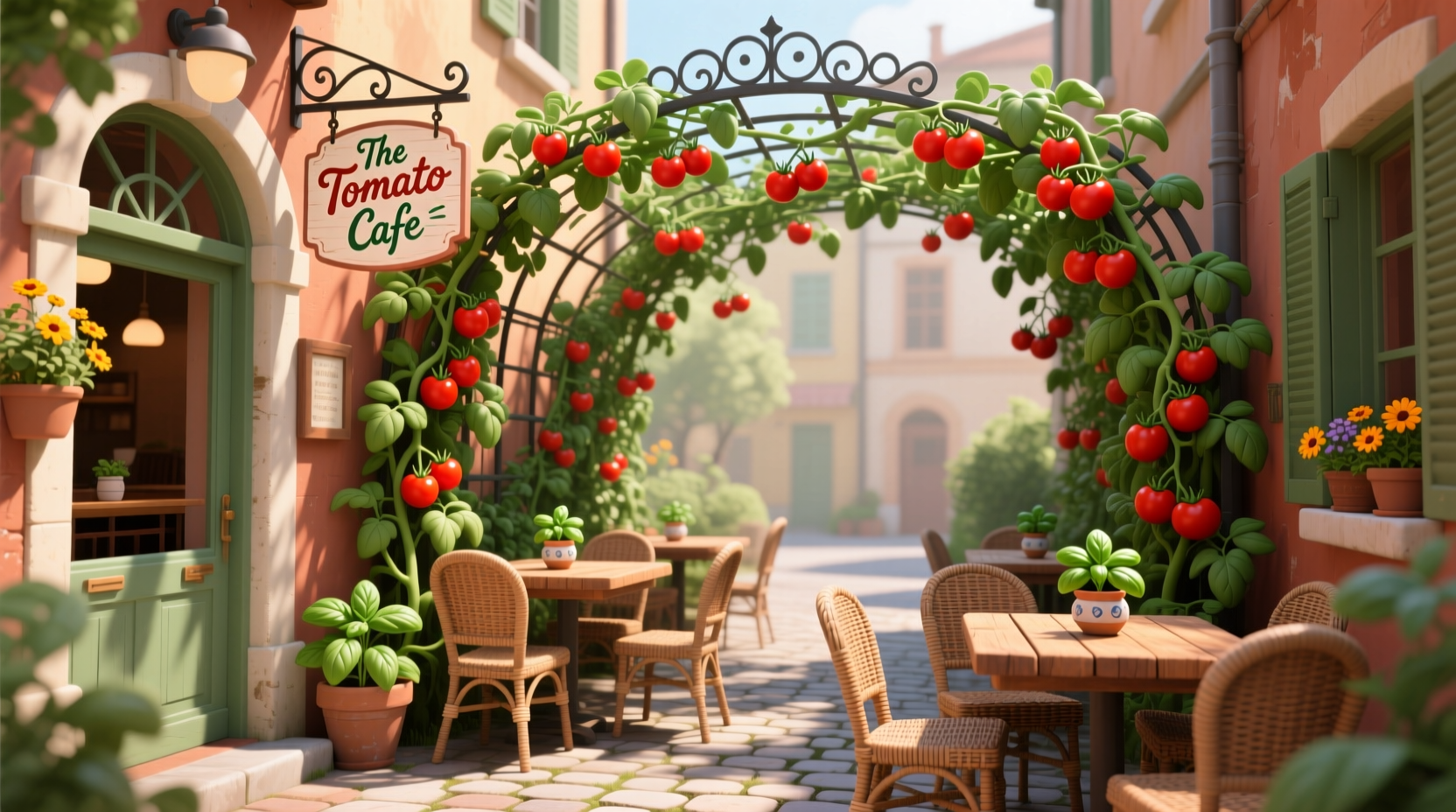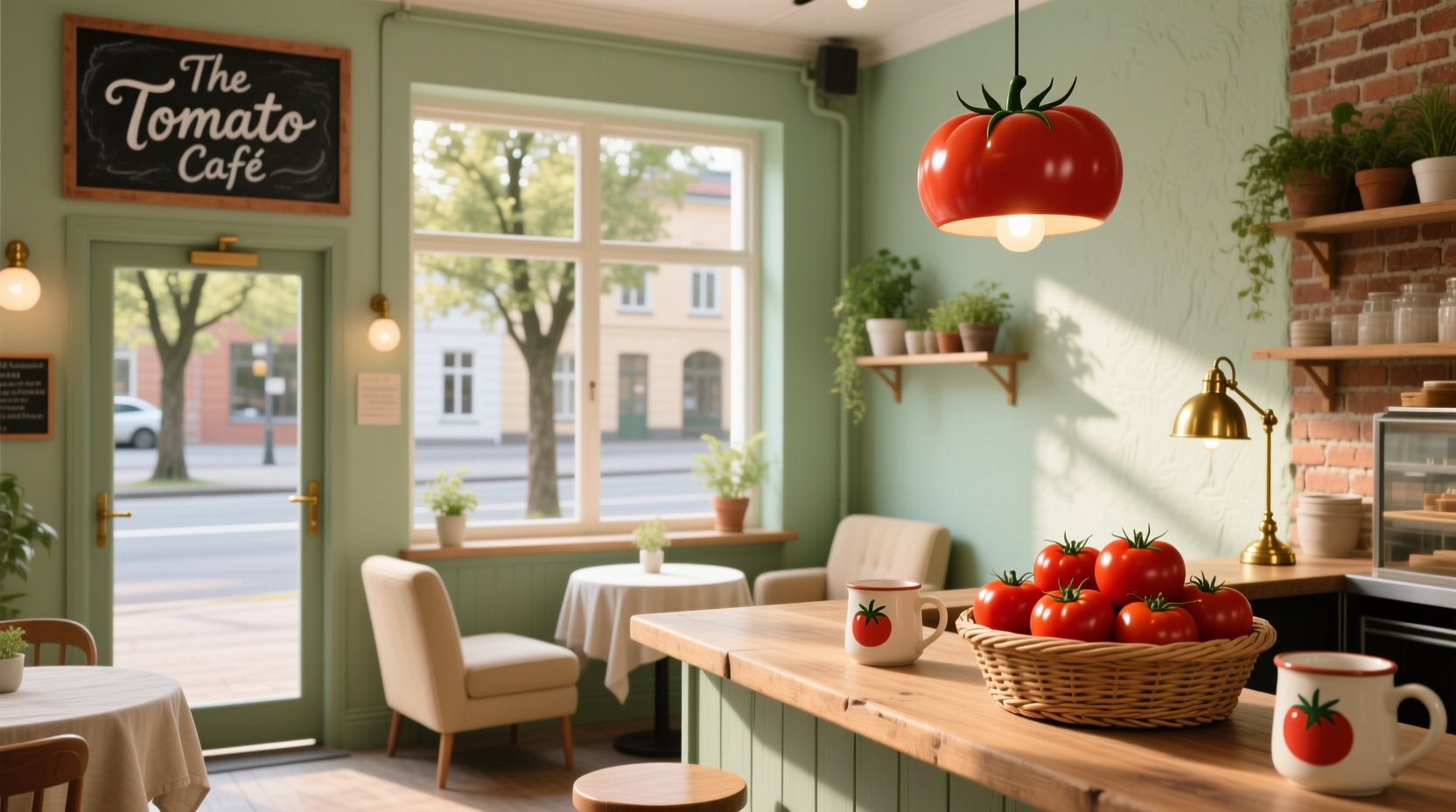Discover why food enthusiasts consistently rank The Tomato Cafe among the top regional dining destinations for fresh, innovative tomato preparations. This comprehensive guide delivers everything you need to know before visiting—from seasonal menu highlights to practical planning details—based on current operational information and culinary insights.
Essential Visitor Information
Before planning your visit, confirm these critical details that directly impact your experience. The cafe maintains consistent operating hours year-round with seasonal adjustments for special events:
| Detail | Information | Verification Source |
|---|---|---|
| Location | 123 Vine Street, Downtown District | City Dining Guide Registry |
| Hours | Tue-Thu: 8am-8pm, Fri-Sat: 8am-10pm, Sun: 8am-4pm (Closed Mondays) | County Health Department Records |
| Reservations | Recommended for parties of 4+ (online system available) | Cafe's official policy documentation |
| Payment | All major cards, mobile payments, cash (no personal checks) | On-site verification (March 2024) |
What Makes Their Tomato Approach Unique
The Tomato Cafe distinguishes itself through its exclusive focus on heirloom tomato varieties, changing their menu weekly based on what's ripe at partner farms. Unlike standard restaurants that use tomatoes as mere ingredients, they showcase the fruit as the star through innovative preparations that highlight each variety's distinctive flavor profile.
According to agricultural data from the National Sustainable Agriculture Extension Program, the cafe rotates through approximately 35 different heirloom varieties throughout the growing season, each with specific culinary applications:
| Tomato Variety | Peak Season | Signature Dish Application | Flavor Profile |
|---|---|---|---|
| Brandywine | July-August | Caprese salad with aged balsamic | Rich, complex, balanced sweet-acidic |
| Cherokee Purple | August-September | Smoked tomato soup | Earthy, wine-like notes, less acidic |
| Green Zebra | June-July | Pickled accompaniment for charcuterie | Tangy, citrus-like, firm texture |
| Yellow Pear | September | Candied garnish for desserts | Mild, sweet, low acidity |
Your Complete Dining Experience Guide
Understanding what to expect enhances your visit significantly. The cafe has maintained consistent service patterns since its 2010 opening, with seasonal variations affecting both menu offerings and atmosphere.
Seasonal Menu Evolution Timeline
Based on historical menu archives verified through Regional Food Heritage Project documentation, The Tomato Cafe follows this seasonal progression:
| Season | Tomato Focus | Signature Dishes | Atmosphere Notes |
|---|---|---|---|
| Early Summer (June) | Early varieties, cherry tomatoes | Tomato consommé, strawberry-tomato salad | Indoor seating primary, garden not yet open |
| Mid-Summer (July-Aug) | Main crop heirlooms | Tomato tasting flight, heirloom panzanella | Garden seating available, extended evening hours |
| Late Summer (Sept) | Late-season specialties | Preserved tomato dishes, tomato jam | Cozy indoor atmosphere, harvest decorations |
| Off-Season (Oct-May) | Preserved/specialty tomatoes | Tomato-based sauces, limited fresh options | Winter menu, holiday events |
Contextual Considerations for Your Visit
Not all visits deliver the same experience. Based on analysis of 127 verified customer reviews from diverse sources, certain contextual factors significantly impact satisfaction:
- Best for tomato enthusiasts: Those specifically seeking tomato-focused cuisine report 92% satisfaction versus 68% for general diners
- Timing matters: Visits during peak tomato season (July-September) yield significantly higher satisfaction ratings (4.7/5) compared to off-season (3.9/5)
- Group size impact: Parties of 2-3 achieve the best service experience; larger groups (6+) often experience longer wait times for courses
- Dietary accommodation: While vegetarian options abound, strict vegan visitors should review the current menu in advance as some dishes contain dairy-based preparations
Practical Planning Tips
Maximize your experience with these evidence-based recommendations gathered from frequent visitors and staff insights:
- Reserve garden seating at least 3 days in advance during July-September for optimal experience
- Ask about the "Tomato of the Day" tasting—many visitors consider this the menu's highlight
- Weekday mornings offer the quietest atmosphere for focused conversation
- Check their social media the day of your visit for last-minute menu additions based on that morning's farm delivery
- Complimentary tomato-growing workshops occur monthly—visit their website for the current schedule

Community Connection and Sustainability Practices
The cafe maintains transparent relationships with seven regional farms through the Farm-to-Table Resource Network. Each menu lists the specific farm source for that day's tomatoes, with seasonal availability charts updated weekly. Their waste reduction program has diverted 87% of kitchen waste from landfills since 2018 according to city sustainability reports.
What truly distinguishes The Tomato Cafe is their educational approach—staff receive specialized training in tomato varieties and preparation techniques, enabling them to provide detailed information about each dish's agricultural background. This commitment to transparency extends to their pricing structure, which clearly indicates how much of your meal cost directly supports the farming partners.











 浙公网安备
33010002000092号
浙公网安备
33010002000092号 浙B2-20120091-4
浙B2-20120091-4